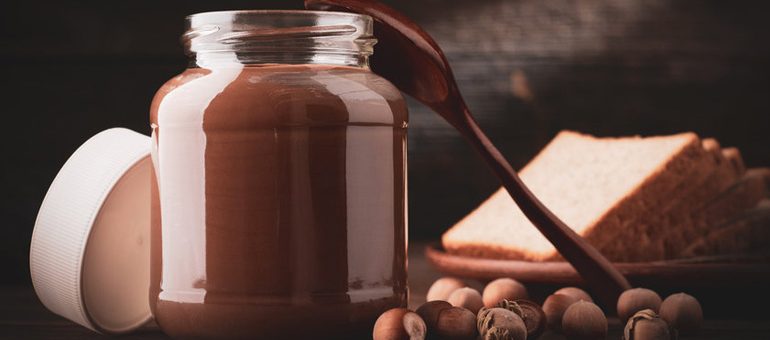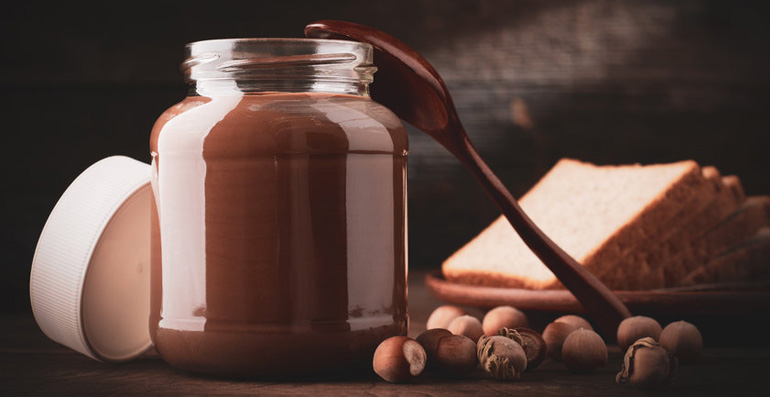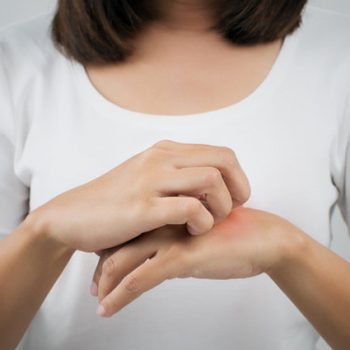
HAZELNUT CREAMS AND FAT IN LABEL

The support of lipidomics in reading label
The principle at the basis of membrane lipidomics is the balance between the lipid components.
Saturated, monounsaturated and polyunsaturated fatty acids (omega-3 and omega-6), in the right quantities and proportions, allow the natural functioning of the cell membrane which is essential for the proper functioning of the cells and tissues that compose the human body.
The lipidomic balance of cell membranes depends, first of all, on the eating habits of each of us.
In fact, our body is able to produce saturated fatty acids in the quantities necessary and sufficient for metabolic needs and dietary intake above 15-20 g/day can only risk creating an undesirable effect. Conversely, in our body the presence of essential omega-6 and omega-3 (linoleic and alpha-linolenic acids) and semi-essential (EPA and DHA) fatty acids depends on the consumption of adequate quantities of certain foods (fish, vegetables, dry fruit) that contain them.
For this reason, it may be affirmed that the composition of the shopping cart directly affects our cells and their “molecular” health.
Fats in food labels
In a previous article we saw that a large amount of information can be obtained from a careful and aware reading of food labels.
The nutritional label of a packaged product shows the total fat and saturated fat. As for the rest of the fats, monounsaturated and polyunsaturated, it is not mandatory by law to indicate their content.
However, with little reasoning it is possible to deduce important information, from the ingredients list, such as the lipid characteristics of the raw materials used (for example oils and dried fruit).
In detail:
– TOTAL FATS: following international recommendations, the amount of total fat in the food must be less than 15-20% of the total
FORMULA –> TOTAL fats <15-20 g (out of 100g)
– QUOTE of SATURATED FATS: our body can synthesize saturated fatty acids so, in general, there is no need to take them from the diet. On the contrary, they should be consumed as little as possible and the major international food and health agencies say they should replace them with monounsaturated fats.
For this reason, we consider that the % of saturated fat on the total fat must be less than 20-25%
FORMULA –> (SATURATED fats / TOTAL fats) x 100 <20-25 (% of total fats)
not forgetting to keep the food quotas taken on 15-20 g/day.
– QUOTE of UNSATURATED FATS: to date, the nutritional label, defined according to EU Regulation 1169/2011, does not explicitly mention the content in grams of other fatty acid families. The most rapidly obtainable information is that of the share of unsaturated fats (monounsaturated + polyunsaturated without distinction) by means of an easy subtraction. The desired value of% of unsaturated fats on the total fats must be preponderant, i.e., exceed 75% of the total fats.
FORMULA –> UNSATURATED fats = (TOTAL fats – SATURATED fats) = 75-80% of total fats
– SATURATED/MONOUNSATURATED/POLYUNSATURED PROPORTION (omega-6 and omega-3): the list of ingredients tells us which oils or fats are, or other fat sources such as dried fruit, used in the “recipe” of the food. In fact, only by looking at the list of ingredients can we understand the QUALITY of the unsaturated fats present.
– examples of oils with a high presence of monounsaturated:
- olive oil; saturated/monounsaturated ratio = 1/5
- high oleic sunflower oil; saturated/monounsaturated ratio = 1 / 3.5
– examples of oils with an important omega-6/omega-3 ratio:
- sunflower oil; omega-6/omega-3 ratio = about 130/1
- corn oil; omega-6/omega-3 ratio=87/1
- linseed oil; omega-6/omega-3 ratio = approximately 1 / 4.5
- hemp oil; omega-6/omega-3 ratio = about 1/3
Lipidomic comparison of spreadable creams
With this information in mind, based on the knowledge in the field of lipidomics, in this article we propose the comparison between some spreadable creams with cocoa and hazelnuts currently on the market.
- cream #1 and cream #2

These two creams have the following characteristics:
– QUOTE of SATURATED FATS
cream # 1: 11/37 * 100 = 29.7% (saturated fat over total fat)
cream # 2: 10.6 / 30.9 * 100 = 34.3% (saturated fat over total fat)
– Type of oils from the list of ingredients, to understand the type of UNSATURATED fats present:
– cream # 1, sunflower oil and rice oil have a high omega-6 /omega-3 ratio (130/1 and 21/1 respectively). There is also safflower oil which has 70-80% oleic acid. So, in cream # 1 there will be a prevalence of omega-6 and monounsaturated fats.
For cream # 1, the presence of almonds among the ingredients additionally affects the imbalance between the polyunsaturated fatty acid families of the cream since almonds have a high omega-6 / omega-3 ratio (equal to 19/1).
– cream # 2, palm oil has the following ratios:
- SATURATED/MONOUNSATURATED = 1.21
- OMEGA-6/OMEGA-3 = 2.8
So in cream # 2 there will be a prevalence of saturated and omega-6 fats.
- cream #3 e cream #4

These two spreadable creams share the famous slogan “WITHOUT PALM OIL”. Yet, the careful “lipidomic” consumer cannot escape the exclusive presence of sunflower oil, characterized by a very high omega-6 / omega-3 ratio = 130/1.
Compared to creams # 1 and # 2, products # 3 and # 4 have a lower share of saturated fatty acids, equal to 17.5% and 17.8%, respectively, so they can be described as “reduced fatty acid content saturated “(max 20-25% of total fat – see the previous paragraph). But for the proportion of polyunsaturated fats, there remains the excess of omega-6, which both creams have.
- cream #5 and Nutra Nut cream (Lipinutragen functional food)

The manufacturers of these two creams have chosen to provide valuable additional nutritional information regarding the lipid composition of their product. Both in fact define on the label the quantities of monounsaturated and polyunsaturated fats contained in their spreadable cream.
This allows the consumer to easily and accurately calculate the relationships between fat families.
– cream # 5:
- 1% saturated fat out of total fat
- SATURATED / MONOUNSATURATED ratio = 0.21
- OMEGA-6/OMEGA-3 ratio = with good approximation equal to that of hazelnuts (10/1)
– Nutra Nut cream:
- 3% saturated fat out of total fat
- SATURATED / MONOUNSATURATED ratio = 0.16
- OMEGA-6/OMEGA-3 ratio = 5.2
Nutra Nut cream shows a very low amount of saturated fat, well below the recommended daily allowance. In addition, it is the ONLY one on the market to include EXTRA VIRGIN OLIVE OIL and LINSEEDS in the ingredients. The latter contribute to the omega-3 share, further reducing the omega-6 / omega-3 ratio compared to what comes from the use of hazelnuts alone, as in the case of cream # 5.
BOOK: Dalla parte dei grassi. Lipidomica in cucina; perché i grassi non sono tutti uguali e dobbiamo conoscerli” by Dr. Carla Ferreri, Senior Researcher at CNR and Scientific Director of Lipinutragen
The nutritional values of the oils and nuts mentioned were obtained from the databases of CREA, Center for Research on Food and Nutrition (ex-INRAN).
The information provided must in no way replace the direct relationship between health professional and patient. The food recommendations in the article are not intended as a substitute for a personalized meal plan and are to be adapted to specific cases.
- On 17 November 2021



